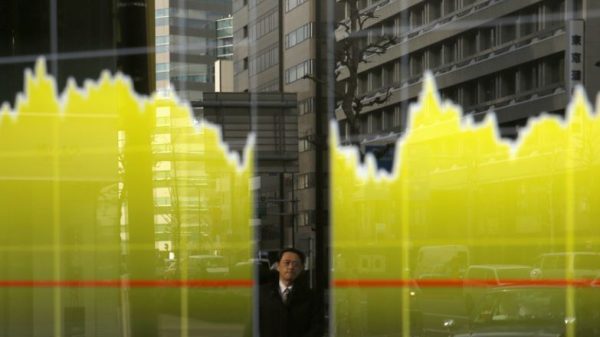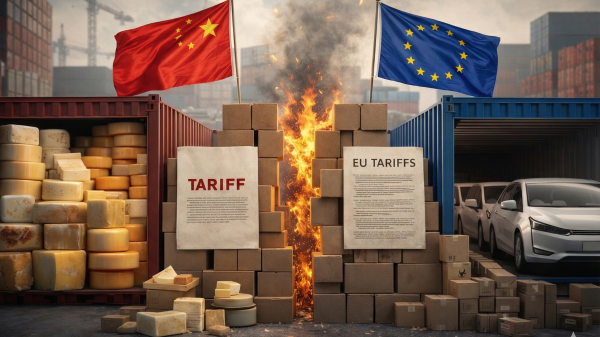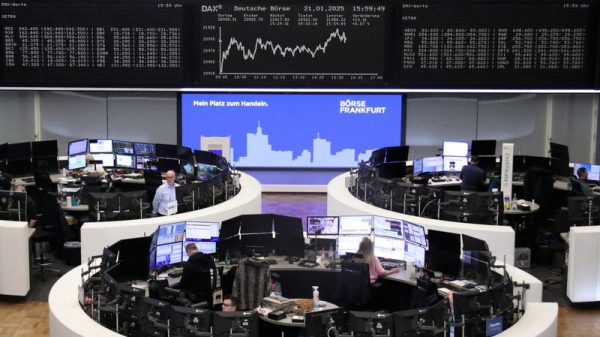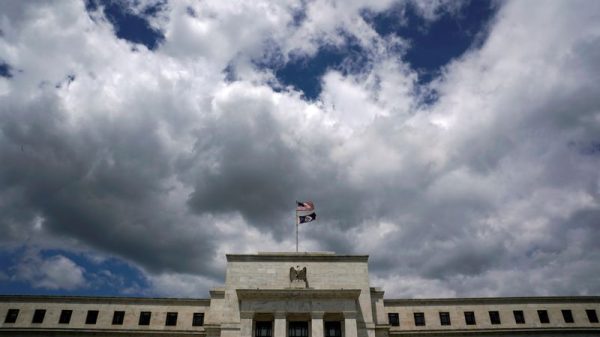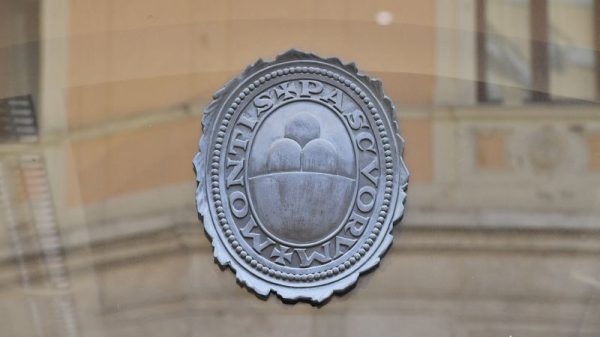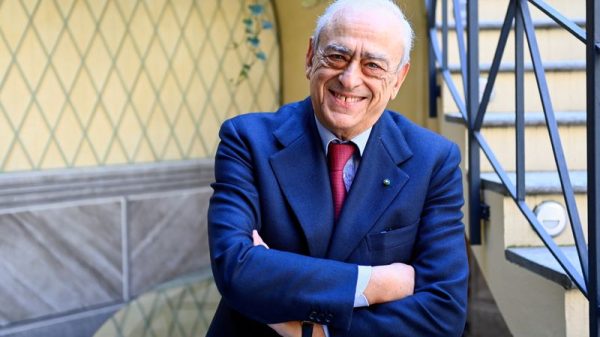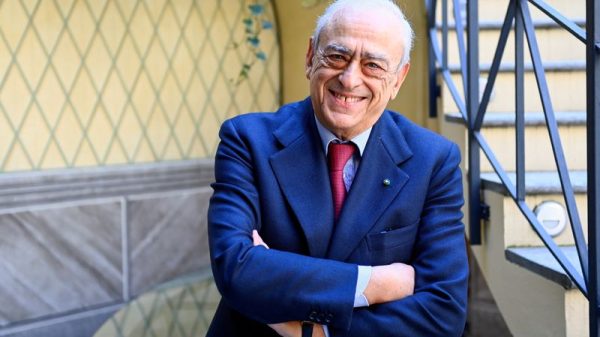In recent weeks, US-China trade negotiations have shown a positive trend, though past events suggest this progress could quickly reverse.
The anticipated 90-day extension of the US-China trade truce is a positive and expected development, according to ING Group.
Late on Monday, US President Donald Trump extended the US’ tariff truce with China for another 90 days, a move expected to stabilise trade relations between the world’s two largest economies and calm market fears of renewed escalation.
Progress
During the initial trade truce, negotiations have shown clear progress on various fronts, with several key issues rising to prominence.
Rare earth exports from China surged in June, reaching $197.8 million, a significant increase from $92.8 million in May when stricter export controls were in place.
Rare earths have consistently served as a crucial negotiating tool for China in trade discussions, largely due to the country’s dominant position in the global market.
Additionally, US chip controls have centered on China’s tech self-sufficiency goal. However, strong AI demand has shifted this, with recent announcements hinting at a potential deal for chip sales to China in exchange for revenue sharing.
Much like the 2018-2019 trade war, agricultural purchases, particularly soybeans, remain a US priority for increased sales to China. Trump aims for China to quadruple its soybean imports, continuing an aggressive target trend.
Simultaneously, minimal progress has been made on the fentanyl issue, despite it being the initial justification for the early tariff increases this year.
Division in ties
In July, US Commerce Secretary Howard Lutnick stated that a “line” would be drawn in US-China relations, separating economic interests from strategic competition. This suggests a broader division in their ties.
The US has indicated a desire to increase trade in less advanced products and technology, while maintaining a boundary where the most cutting-edge items are not exchanged between the parties.
This more pragmatic stance offers hope that the US and China can identify common ground, potentially slowing the recent trend of accelerated decoupling, Lynn Song, chief economist at ING Group, said in a report.
The extension of the truce comes as no surprise, given that the exceedingly high tariffs implemented in April and May proved detrimental to both economies.
“Given the difficulties of coming to a so-called “grand bargain,” and the effectiveness of utilising tariffs as a tool to get countries to come to the negotiation table, we think it would be difficult to truly put tariffs in the rear-view mirror,” Song said.
As such, a rolling extension to keep dialogue open and avoid re-escalation seems one of the better-case scenarios.
Handicap on Chinese exports narrows
Though China still contends with elevated tariff rates, its disadvantage relative to other economies has diminished, according to ING’s Song. This shift occurred after retaliatory tariffs were implemented in August, causing rates to increase from a baseline of 10% to 15-40% for many economies.
Tariffs primarily affect substitution. Although Chinese exports have limited substitutability, a smaller tariff difference could boost the competitiveness of Chinese exports without substitutes.
In 2025, China’s exports have shown continued strength, driven by increased external demand from economies other than the US.
The impact of tariffs has been lessened because China’s most rapidly expanding export sectors are not heavily dependent on the US market.
“This isn’t to say that the tariffs haven’t had an impact,” Song said.
US-bound Chinese exports experienced a significant decline in the first seven months of the year, dropping 12.5% year-on-year. This decline was more pronounced between April and July, with a 23.3% year-on-year decrease.
Notably, export categories such as footwear, furniture, and toys, for which the US accounts for over 15% of total exports, have shown negative growth this year.
“Overall, the drag has been significant but less than many market participants had feared year-to-date. It looks like exports remain on track to contribute solidly to growth this year.”
The post ING says US-China trade truce extension removes source of uncertainty appeared first on Invezz

